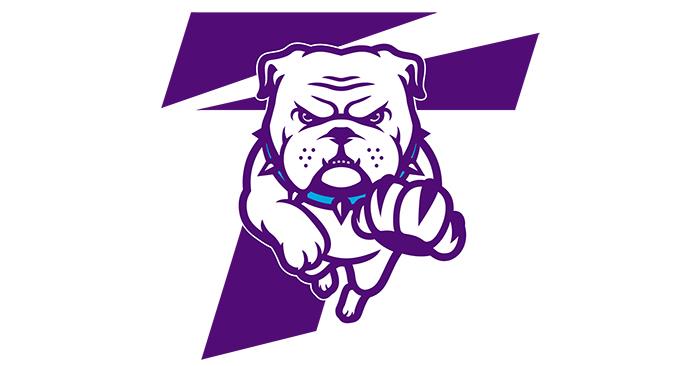GLVC Postpones Majority of Fall Sports

The Great Lakes Valley Conference’s Council of Presidents voted to postpone the majority of the 2020 fall intercollegiate athletics season until the second semester, due to ongoing concerns of the coronavirus.
The decision was made based on guidance from the league’s athletics directors and an extensive review of the recommended testing and safety measures developed by the NCAA Sport Science Institute.
The fall sports of football, men’s and women’s soccer and volleyball will have regular-season competition and GLVC championships conducted in the second semester, while the sports of men’s and women’s cross country will still be permitted to compete this fall with the 2020 GLVC Cross Country Championships slated for Oct. 24. Men’s and women’s golf and tennis will also be allowed to compete in their non-championship segments in the fall and continue their season into the spring when their respective championship seasons begin.
In addition, several winter sports are scheduled to begin their 2020-21 seasons as early as September. The sports of men’s and women’s swimming and diving, and men’s and women’s indoor track and field will be permitted to compete as scheduled, while the conference has established Oct. 1 as the deadline to determine the competition start date for the sports of men’s and women’s basketball.
The spring sports of baseball and softball will be permitted to have only intrasquad competition on campus in the fall.
The distinction between the sports stems from the sport classification put forth by the NCAA Sport Science Institute, based on a consensus by the NCAA COVID-19 Advisory Panel and the American Medical Society for Sports Medicine COVID-19 Working Group. Bowling, golf, swimming and diving, tennis, and track and field were classified as low contact risk sports, while baseball, cross country and softball were deemed medium contact risk. The NCAA believes low and medium contact risk sports can successfully implement physical distancing and universal masking practices during all sport activities; however, the level of risk in cross country and track and field are dependent upon the student-athlete’s proximity to other unmasked individuals. The sports in which those safety practices are deemed highly unlikely by the NCAA, including basketball, football, soccer and volleyball have been classified as high contact risk sports.
The GLVC’s scheduling committee will soon begin to determine second-semester, regular-season schedule models for all affected sports with health and safety, as well as institutional facility, personnel and cost-containment measures in mind. In addition, dates and locations for all GLVC championships will be announced at a later date.

